The unique organisation of characteristics which determine the typical or ? [ Preparation civilian ]
Question 121-1 : Personality development heredity learning
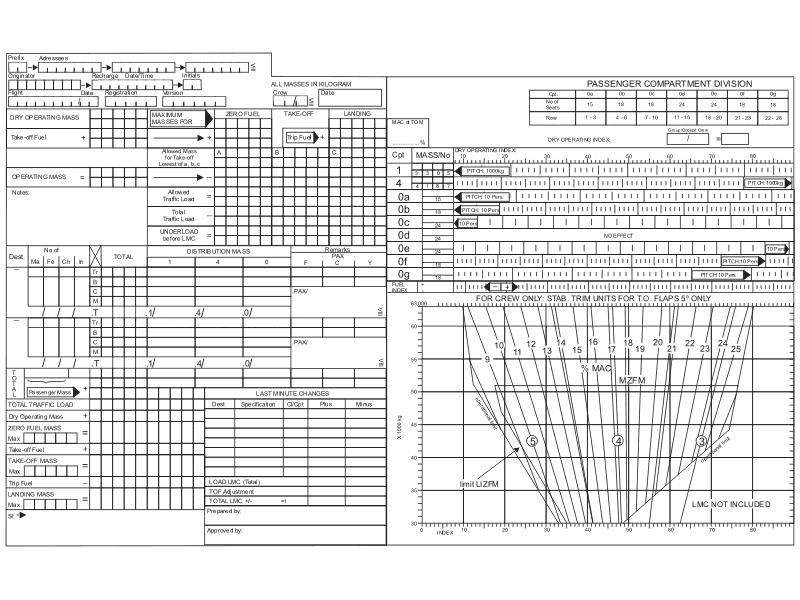 Personality.
Personality. What optimises crew co operation .1 sharing and common task.2 confidence in ?
Question 121-2 : 1 2 3 1 only 1 2 2 3
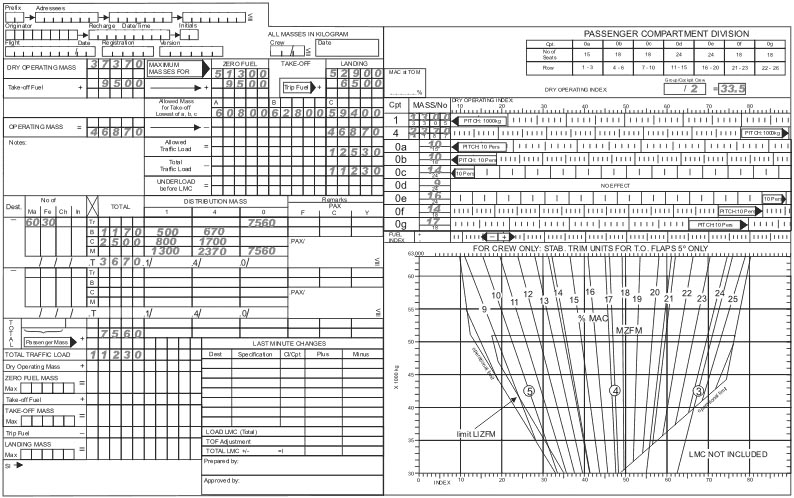 1, 2, 3.
1, 2, 3. What is the main adverse effect of expectation with regards to perception ?
Question 121-3 : Expectation often guides the focus of attention towards a particular aspect while possible alternates are neglected expectations always lead to routine errors expectation is a tool that allows capture of all relevant information the attention area is enlarged by expectation however it will therefore lead to uncertainties when a pilot is looking for a decision
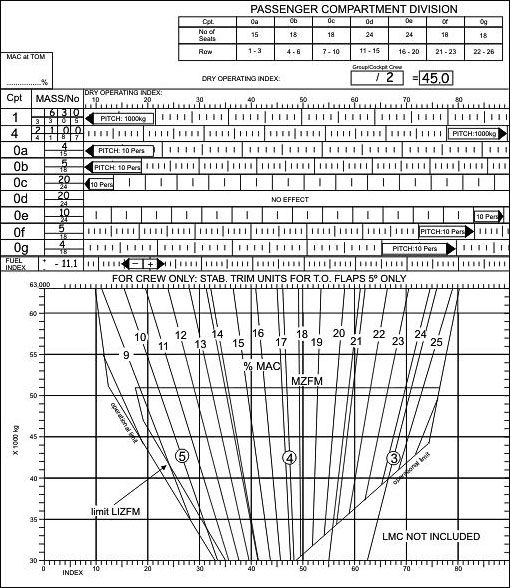 Expectation often guides the focus of attention towards a particular aspect, while possible alternates are neglected.
Expectation often guides the focus of attention towards a particular aspect, while possible alternates are neglected. What are the most frequent results of an self centred captain on the flight deck ?
Question 121-4 : In a two pilot flight deck the co pilot is ignored and may react by disengaging showing delayed responses or aggression high group performance despite the strained relations a major risk of authority inversion if the co pilot is unassertive performance is very poor as self centred behaviour leads to an increase of cooperation and efficiency
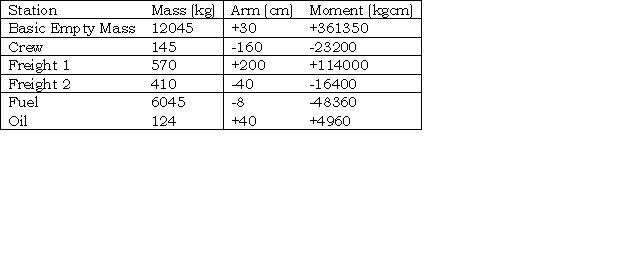 In a two-pilot flight deck, the co-pilot is ignored and may react by disengaging, showing delayed responses or aggression.
In a two-pilot flight deck, the co-pilot is ignored and may react by disengaging, showing delayed responses or aggression. The three types of authority gradient cockpits are ?
Question 121-5 : Autocratic laisser faire and synergistic authoritative laisser faire and synergistic autocratic followership and synergistic authoritative followership and synergistic
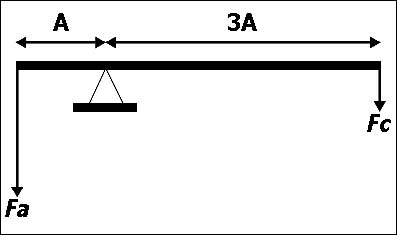 Autocratic, laisser-faire and synergistic.
Autocratic, laisser-faire and synergistic. What is self concept ?
Question 121-6 : How you see yourself how you would like to be seen by other people how other people see you how you would like to see yourself
What is meant by the term 'complacency' ?
Question 121-7 : Unjustified self confidence to question possible solutions an agreement between captain and co pilot due to crew resources management physiological effects on pilots because of fear of flying
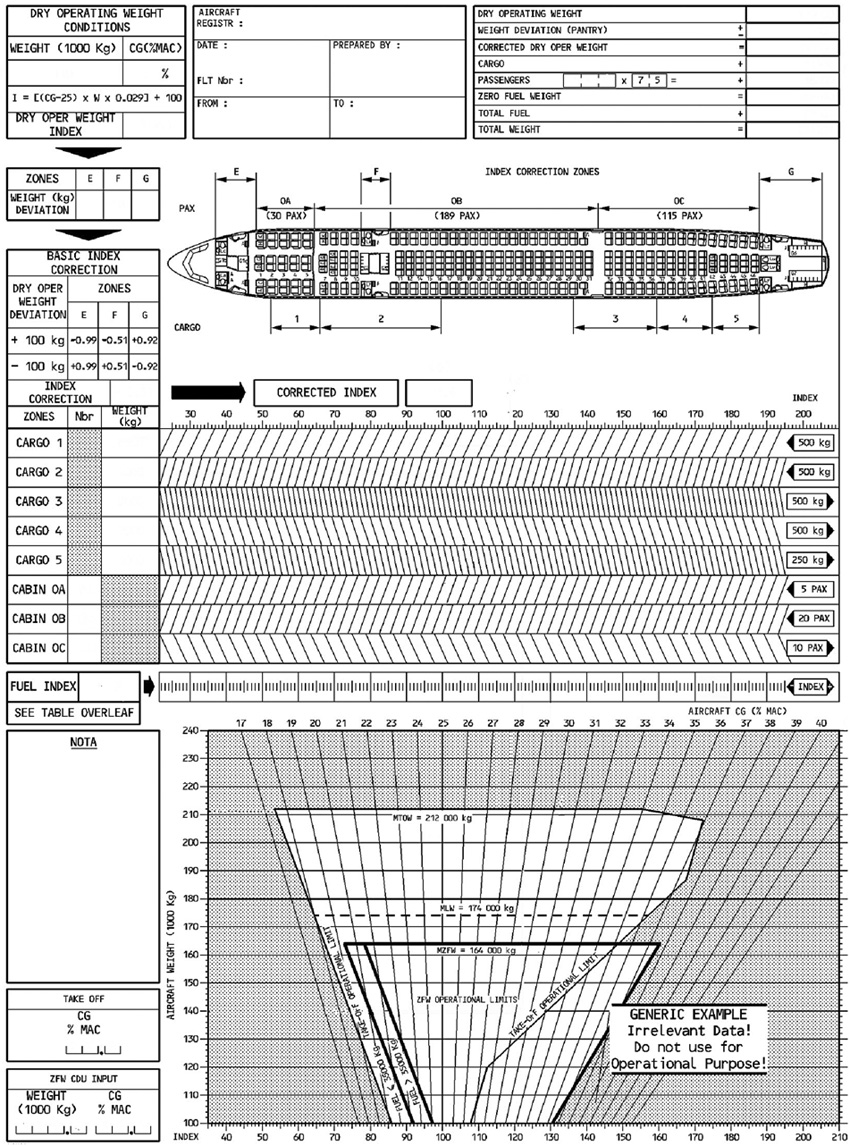 Unjustified self-confidence.
Unjustified self-confidence. What is 'divided attention' ?
Question 121-8 : The management of several matters of interest dealt with individually one after the other ease of concentrating on a particular objective difficulty of concentrating on a particular objective the adverse effect of motivation which leads to one's attention being dispersed
Internal conflict within oneself is termed as ?
Question 121-9 : Intra personal conflict intro personal conflict inter personal conflict intermediate personal conflict
 Intra-personal conflict.
Intra-personal conflict. In his/her behaviour the 'ideal professional pilot' is ?
Question 121-10 : Both 'person' and 'goal' oriented 'person' rather than 'goal' oriented neither 'person' nor 'goal' oriented 'goal' rather than 'person' oriented
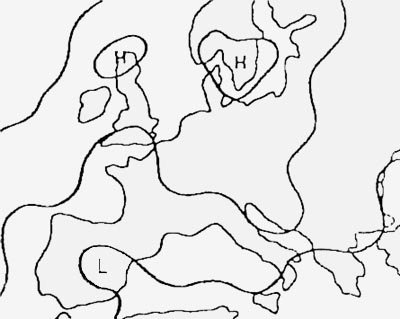 Both 'person' and 'goal' oriented.
Both 'person' and 'goal' oriented. Mode error is associated with ?
Question 121-11 : Automation hardware check lists vertigo
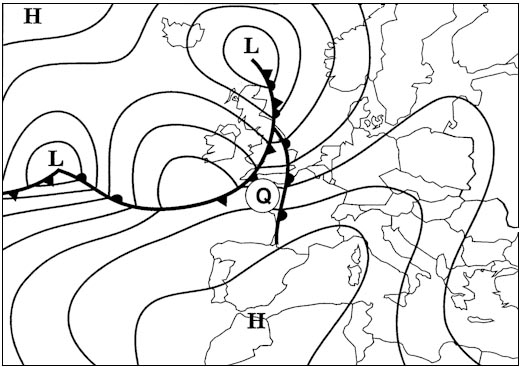 Automation.
Automation. Phobic states or obsessional disorders will ?
Question 121-12 : May require successful treatment before flying may be permitted always result in permanent loss of a flying licence result in the loss of a class i medical classification after successful treatment require immediate termination of all flying duties
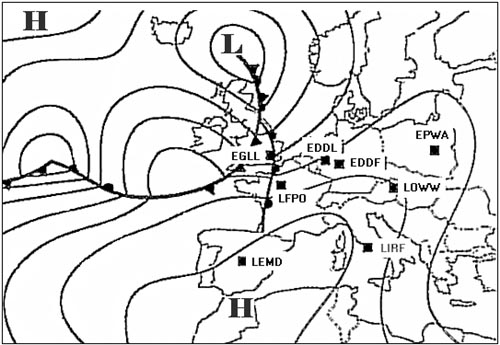 May require successful treatment before flying may be permitted.
May require successful treatment before flying may be permitted. In the decision making process confirmation bias results in ?
Question 121-13 : A tendency to look for information which confirms the validity of the decision choosing familiar solutions even if they are not the best ones overestimating the frequency of some events a tendency to look for approval by other crew members or by the atc
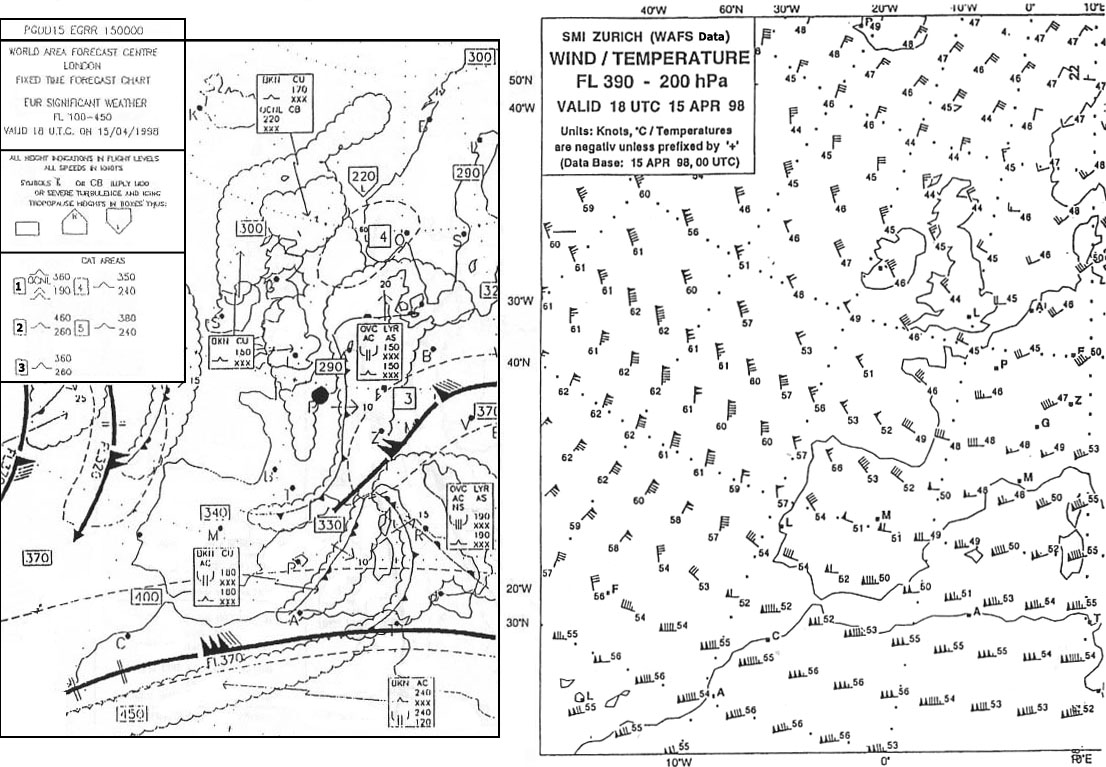 A tendency to look for information which confirms the validity of the decision.
A tendency to look for information which confirms the validity of the decision. In order to make sound decisions it is important to ?
Question 121-14 : Understand why and how we make decisions avoid situational awareness keep a low level of stress by excluding non verbal communication accept that the captain because of his/her authority tends to be correct
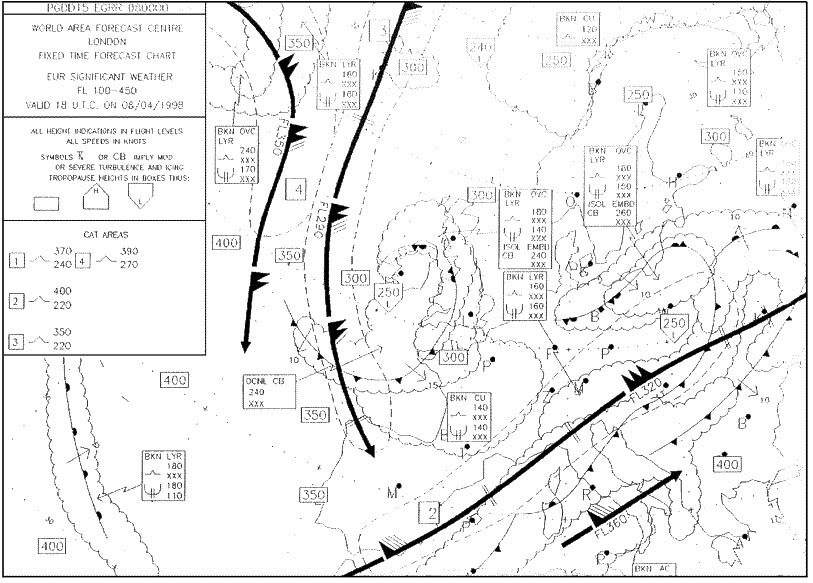 Understand why and how we make decisions.
Understand why and how we make decisions. Stress may cause regression which can lead to ?
Question 121-15 : Correct actions being forgotten and substituted for procedures learnt in the past an improvement in performance a more efficient use of mental capacity experimentation and trying out of new ideas
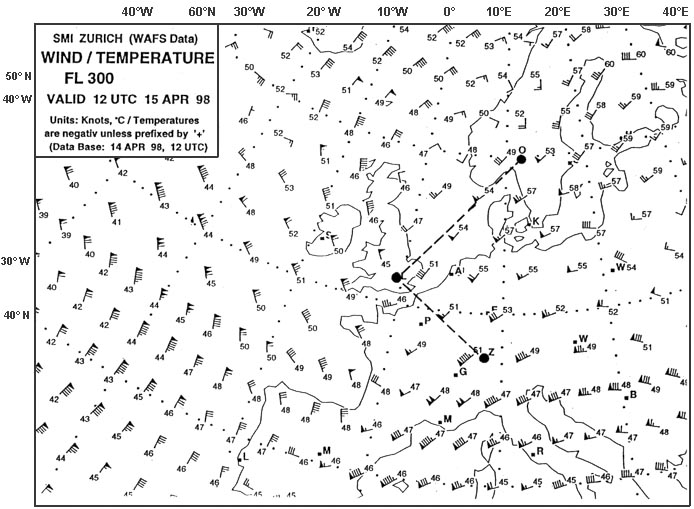 Correct actions being forgotten and substituted for procedures learnt in the past.
Correct actions being forgotten and substituted for procedures learnt in the past. It is generally considered that the most serious non professional stressor is ?
Question 121-16 : Death of a spouse or partner personal injury or illness marital separation loss of a job
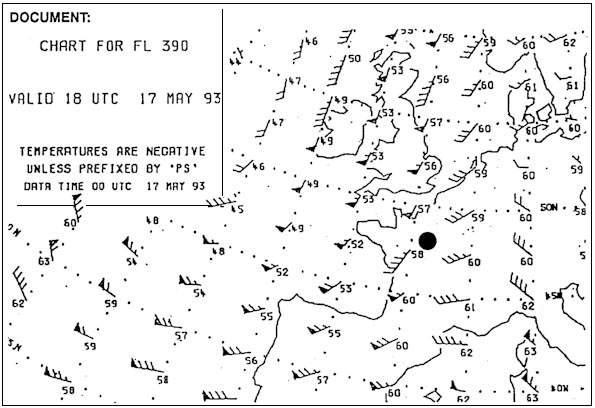 Death of a spouse or partner.
Death of a spouse or partner. Cohesion is a major advantage in times of ?
Question 121-17 : Difficulty achievement personal advancement success
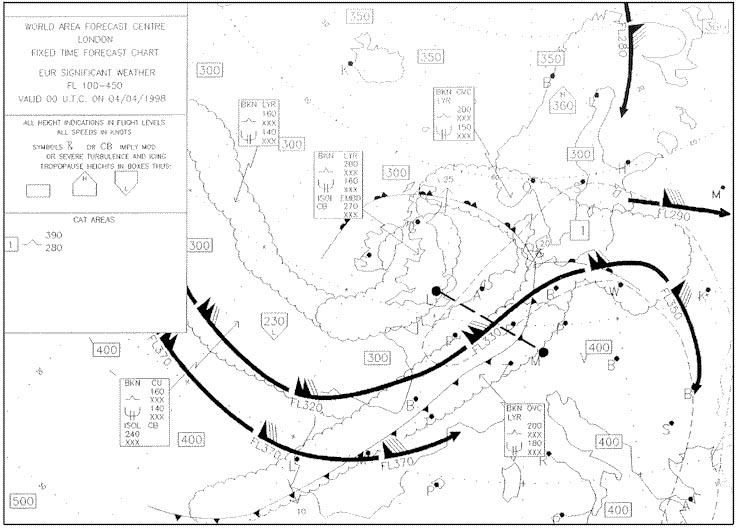 Difficulty.
Difficulty. Select from the following list the advantages of teamwork .1 workload is ?
Question 121-18 : 1 3 5 and 6 2 3 4 5 and 6 1 3 4 and 5 2 3 5 and 6
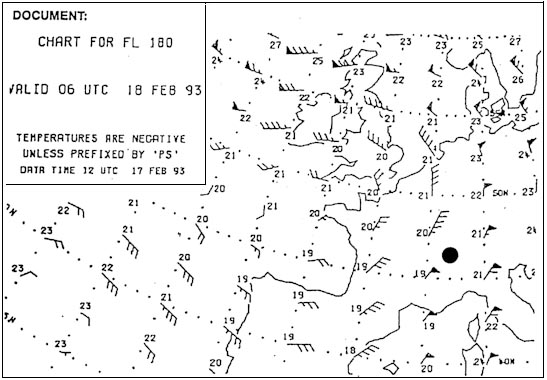 1, 3, 5 and 6.
1, 3, 5 and 6. Select from the following list environmental stressors .1 heat.2 humidity.3 ?
Question 121-19 : 1 2 and 6 1 2 3 and 6 1 2 4 and 6 1 2 3 5 and 6
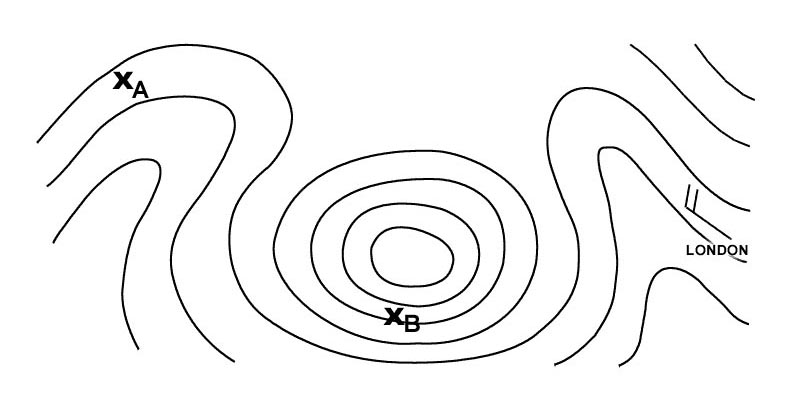 1, 2 and 6.
1, 2 and 6. Motivation is an important attribute which contributes to flight safety which ?
Question 121-20 : Excessive motivation leads to stress which adversely affects performance motivation reduces the intensity of sensory illusions a high degree of motivation makes it possible to make up for insufficient knowledge in complete safety a high degree of motivation lowers the level of vigilance
 Excessive motivation leads to stress which adversely affects performance.
Excessive motivation leads to stress which adversely affects performance. In decision making the selection of a solution depends on .1 objective and ?
Question 121-21 : 1 2 3 4 1 2 4 1 3 4
 1, 2, 3, 4.
1, 2, 3, 4. Planning ?
Question 121-22 : Allows crew members to anticipate potential risky situations and decide on possible responses is unnecessary in the cockpit as crew members are so highly trained they will always know what to do in unusual situations in the cockpit typically results in plans that are always easy to modify when things are not as anticipated is dangerous in the cockpit as it interrupts flight crew creativity
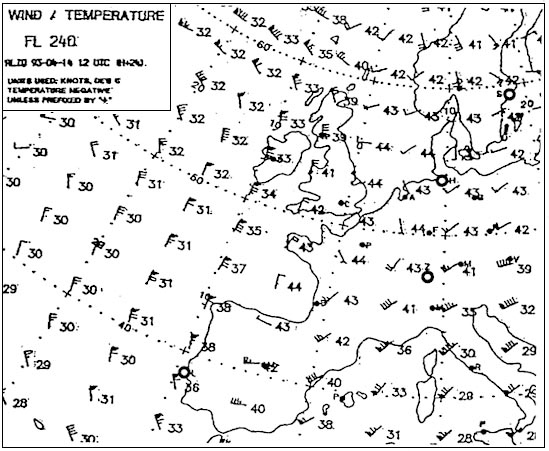 Allows crew members to anticipate potential risky situations and decide on possible responses.
Allows crew members to anticipate potential risky situations and decide on possible responses. Physiological stressors include ?
Question 121-23 : Noise temperature low or high humidity sleep deprivation noise hunger conflicts a death heat humidity fatigue istrative problems temperature hunger thirst divorce
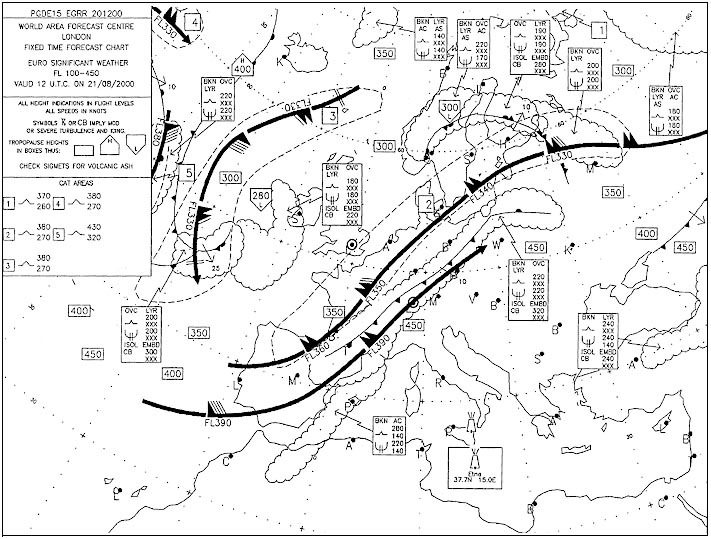 Noise, temperature (low or high), humidity, sleep deprivation.
Noise, temperature (low or high), humidity, sleep deprivation. Physiological problems due to increasing altitude are caused by ?
Question 121-24 : Decreased atmospheric pressure disorientation accelerations increased atmospheric pressure
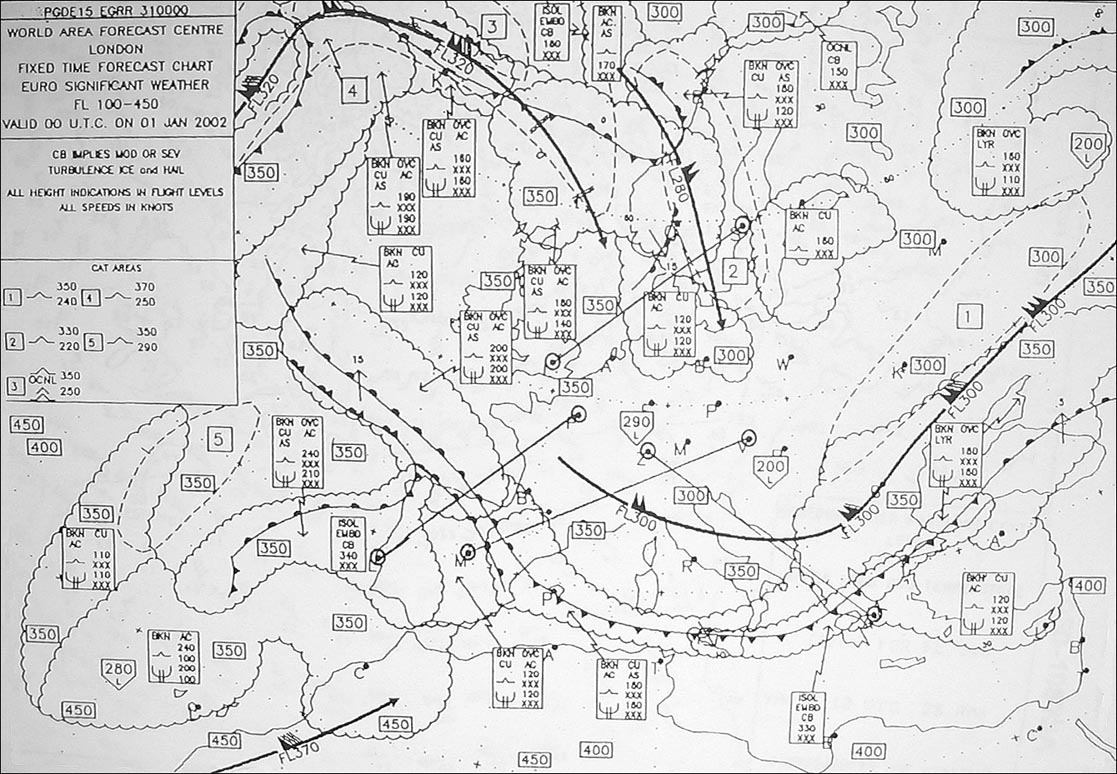 Decreased atmospheric pressure.
Decreased atmospheric pressure. In order to limit stress when flying a pilot should ?
Question 121-25 : Maintain his competence by practicing his professional skills and learning from past experiences forget about bad past experiences avoid anticipating events during a flight to manage his workload drop activities outside work so as to focus on his work better
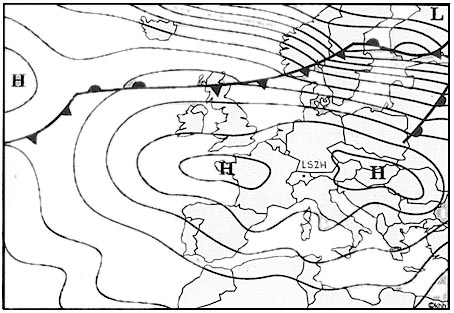 Maintain his competence by practicing his professional skills and learning from past experiences.
Maintain his competence by practicing his professional skills and learning from past experiences. Expressed as a simple mathematical statement when considering a crew of two ?
Question 121-26 : 1 + 1 = > 2 1 + 1 = < 2 1 +/ 1 = < 2 1 1 = > 2
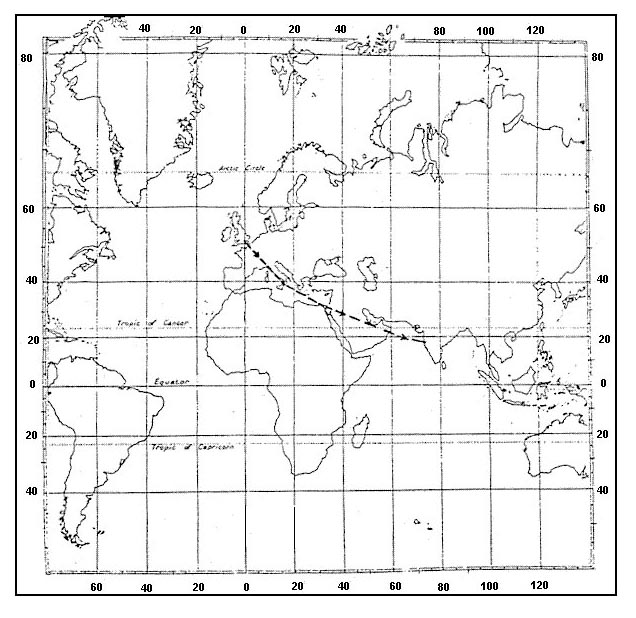 1 + 1 = > 2
1 + 1 = > 2 Having interrupted the captain for a sound reason the co pilot should ?
Question 121-27 : Remind him/her of his/her last action before the interruption ensure there is no atc traffic on the radio that may be causing a possible distraction before continuing repeat the interruption twice so that the captain's attention is focussed on the new information never interrupt his/her captain at a critical stage of flight
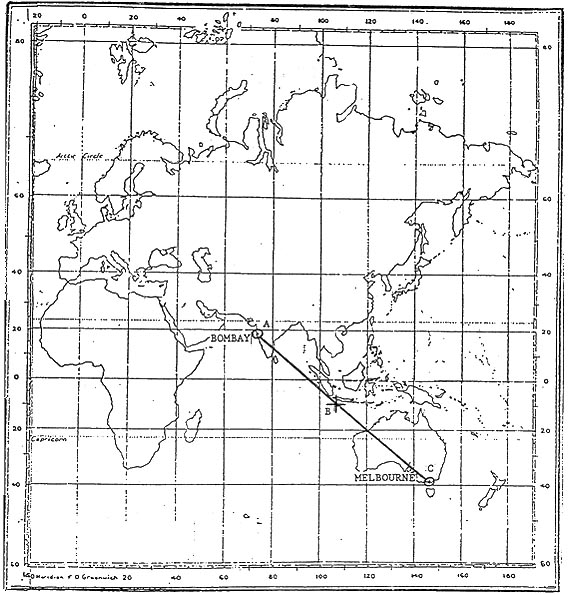 Remind him/her of his/her last action before the interruption.
Remind him/her of his/her last action before the interruption. How do you understand the statement 'one cannot not communicate' ?
Question 121-28 : Being silent as well as inactive are nonverbal behaviour patterns which express a meaning no meaningful communication can occur unless it is by verbal means you cannot influence your own communication communication is always possible
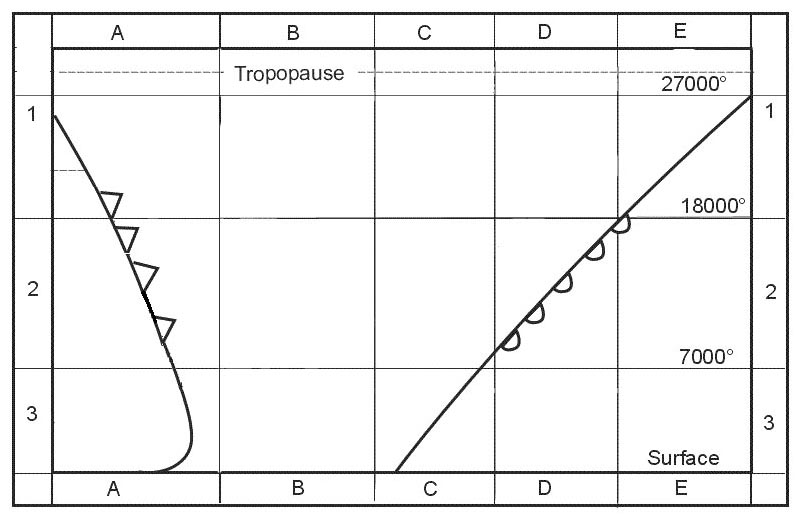 Being silent as well as inactive are nonverbal behaviour patterns which express a meaning.
Being silent as well as inactive are nonverbal behaviour patterns which express a meaning. Having made an important decision a commander of an aircraft should ?
Question 121-29 : Always try to make time to explain the reasons for the decision even if it is after landing explain the reasons for the decision only if time permits in the air as the leader of the crew never need explain the reasons behind the decision explain the reasons for the decision only if asked
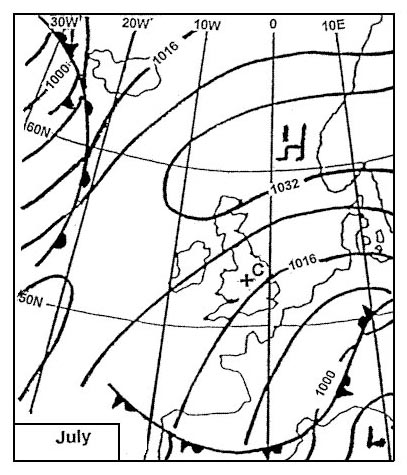 Always try to make time to explain the reasons for the decision even if it is after landing.
Always try to make time to explain the reasons for the decision even if it is after landing. Habits and routine can influence decision making in a way that ?
Question 121-30 : Shows a tendency to select the most familiar solution first and foremost sometimes to the detriment of achieving the best possible result habit is the product of experience and should be used as a primary consideration in all decisions professional pilots will never question established procedures one always selects a choice in accordance with the company's usual practices
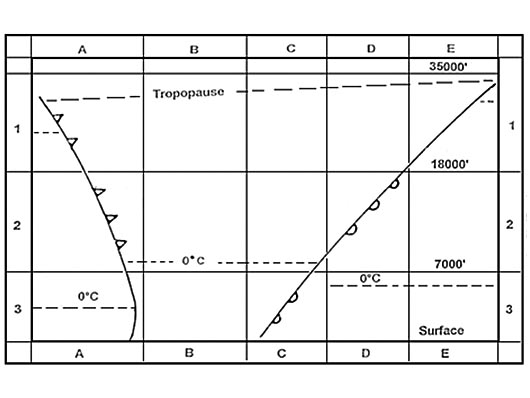 Shows a tendency to select the most familiar solution first and foremost, sometimes to the detriment of achieving the best possible result.
Shows a tendency to select the most familiar solution first and foremost, sometimes to the detriment of achieving the best possible result. For a normal and healthy person personality traits are ?
Question 121-31 : Stable unstable easy changeable easy changed by an outside influence
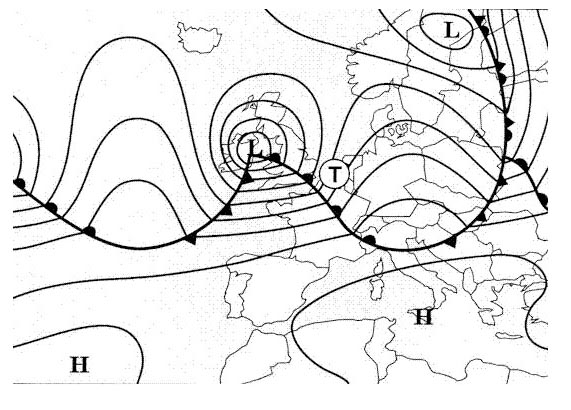 Stable.
Stable. An authoritative leader of a group will ?
Question 121-32 : Tend to become over loaded in times of high stress or in an emergency always be a good listener be adaptable to different types of groups in any situation tend never to interfere with the workings of the group and finds delegation easy
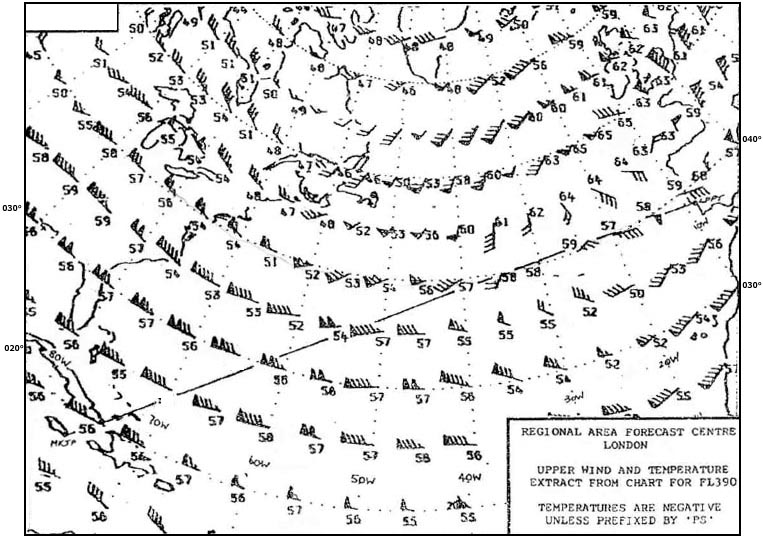 Tend to become over-loaded in times of high stress or in an emergency.
Tend to become over-loaded in times of high stress or in an emergency. Among the physiological responses to stress are ?
Question 121-33 : Sweating dry mouth and breathing difficulties increased heart rate apprehension and sweating dry mouth anxiety and sweating anxiety fatigue and fear
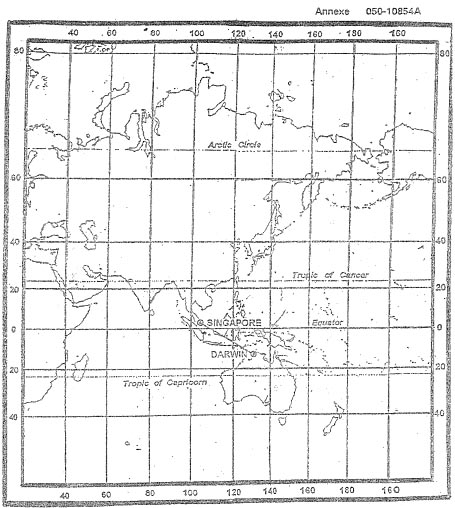 Sweating, dry mouth and breathing difficulties.
Sweating, dry mouth and breathing difficulties. Among the external factors that may contribute to an error cockpit noise and ?
Question 121-34 : Ergonomic factors organisational factors psycho biological factors social factors
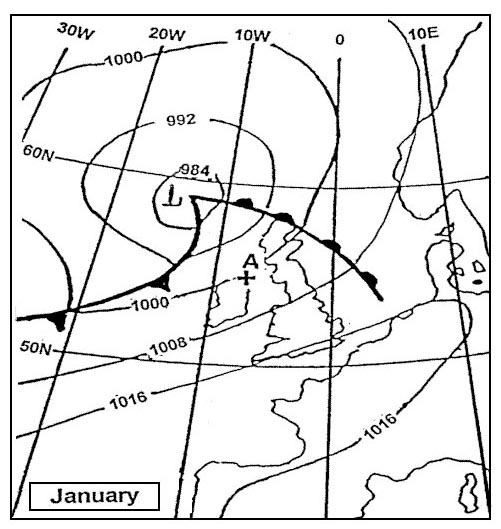 Ergonomic factors.
Ergonomic factors. Active errors/failures are committed at ?
Question 121-35 : The human/system interface and have an immediate effect the human/system interface and have a delayed effect the system/system interface and have an immediate effect the system/system interface and have a delayed effect
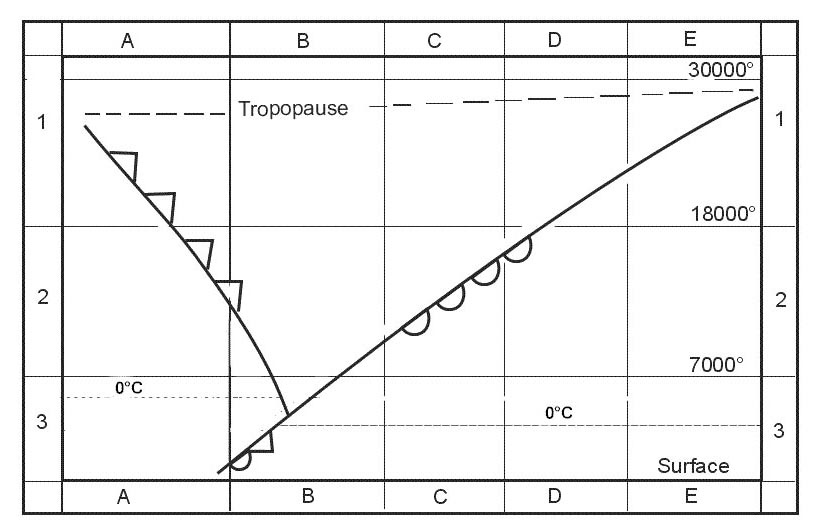 The human/system interface and have an immediate effect.
The human/system interface and have an immediate effect. A pilot using a checklist is an example of the interaction within the shell ?
Question 121-36 : Liveware and software liveware and liveware liveware and hardware liveware and environment
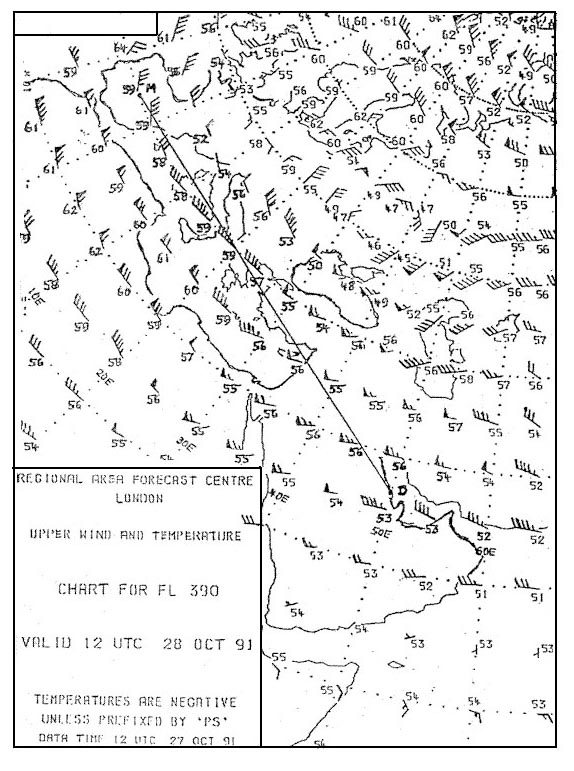 Liveware and software.
Liveware and software. A pilot successfully completes a difficult and stressful landing at an ?
Question 121-37 : A lower level of stress a higher level of stress the same stress level as the first landing the pilot should only attempt a landing at the same aerodrome if the conditions are improved
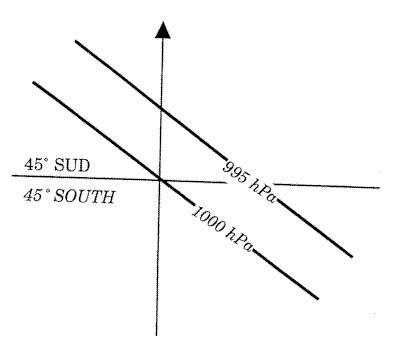 A lower level of stress.
A lower level of stress. Before take off a briefing ?
Question 121-38 : Must be done systematically in order to refresh the memory of the crew members and to co ordinate actions is not necessary when departing from home base because this is routine is not required unless both crew members agree it is essential is not necessary if the crew members know each other
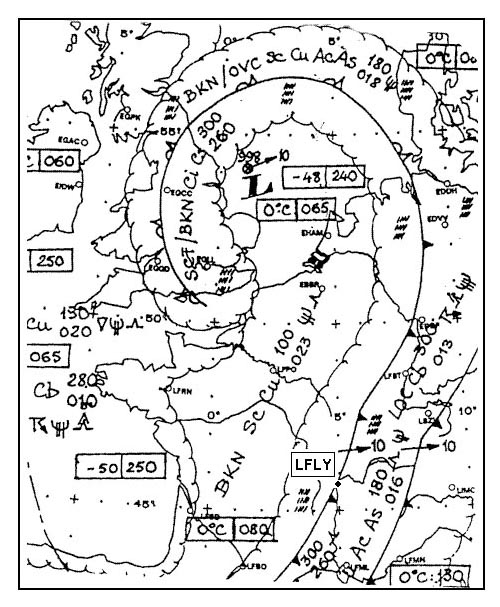 Must be done systematically in order to refresh the memory of the crew members and to co-ordinate actions.
Must be done systematically in order to refresh the memory of the crew members and to co-ordinate actions. An example of conflict between status and role is ?
Question 121-39 : A senior captain acting as co pilot to a junior captain of an aircraft a manager interviewing an experienced captain of an aircraft a security officer temporarily standing in for a member of the cabin crew an atc controller interviewing an inexperienced captain
 A senior captain acting as co-pilot to a junior captain of an aircraft.
A senior captain acting as co-pilot to a junior captain of an aircraft. An experienced pilot ?
Question 121-40 : Prepares thoroughly for a flight and is able to anticipate the majority of possible problems functions exclusively in a reactive manner as it is not resource consuming seeks complex solutions to problems thus using his capacities up to 100% avoids using automated systems as his experience allows him to perform all tasks manually
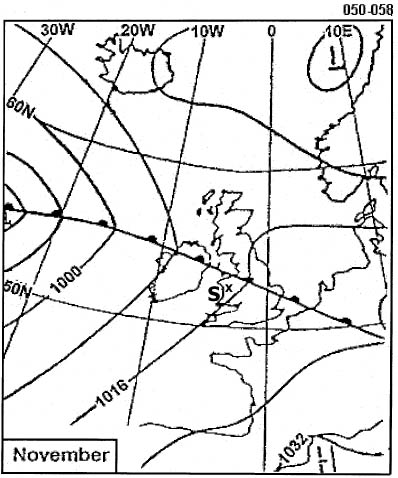 Prepares thoroughly for a flight and is able to anticipate the majority of possible problems.
Prepares thoroughly for a flight and is able to anticipate the majority of possible problems. ~
Exclusive rights reserved. Reproduction prohibited under penalty of prosecution.
4799 Free Training Exam
